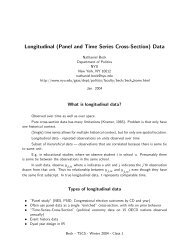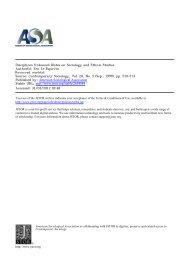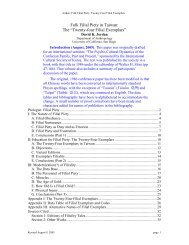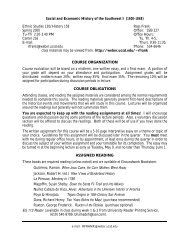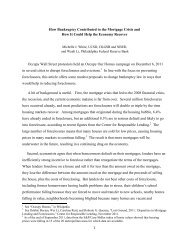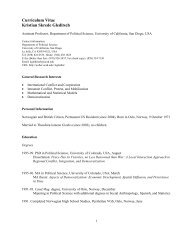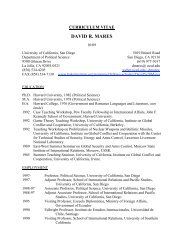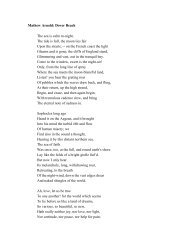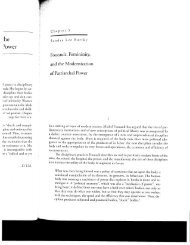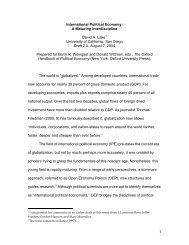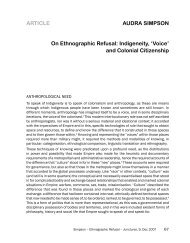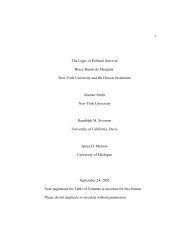Climate change and water resources in the Murray Darling Basin ...
Climate change and water resources in the Murray Darling Basin ...
Climate change and water resources in the Murray Darling Basin ...
Create successful ePaper yourself
Turn your PDF publications into a flip-book with our unique Google optimized e-Paper software.
ABARE CONFERENCE PAPER 02.11<br />
Figure 3: Total area of high <strong>water</strong> tables <strong>in</strong> <strong>the</strong> <strong>Murray</strong> Darl<strong>in</strong>g bas<strong>in</strong>, by SRES scenario<br />
2500<br />
2000<br />
1500<br />
1000<br />
500<br />
’000 ha<br />
2050 2100<br />
mobilised <strong>in</strong>to <strong>the</strong> l<strong>and</strong>scape. Production losses are higher with higher ground <strong>water</strong> sal<strong>in</strong>ity.<br />
The areas affected by high <strong>water</strong> tables under <strong>the</strong> two scenarios do not beg<strong>in</strong> to diverge<br />
until after 2050 because of <strong>the</strong> delayed response of <strong>the</strong> ground <strong>water</strong> system. By 2100,<br />
however, <strong>the</strong> area affected by high <strong>water</strong> tables is lower under <strong>the</strong> SRES A1 scenario. This<br />
is because <strong>the</strong> reduction <strong>in</strong> precipitation leads to a larger reduction <strong>in</strong> recharge. It is important<br />
to note that while reductions <strong>in</strong> ground <strong>water</strong> recharge tend to have benefits <strong>in</strong> sal<strong>in</strong>e<br />
ground <strong>water</strong> systems, it can also impose costs though reduced ground <strong>water</strong> availability for<br />
irrigation <strong>and</strong> higher pump<strong>in</strong>g costs <strong>in</strong> fresh ground <strong>water</strong> systems.<br />
The evaluation of <strong>the</strong>se scenarios did not take <strong>in</strong>to account any economic <strong>in</strong>centives to<br />
adapt to climate <strong>change</strong>. These economic <strong>in</strong>centives are potentially quite large as <strong>the</strong> opportunity<br />
cost of <strong>water</strong> <strong>in</strong>creases with decreas<strong>in</strong>g availability. The opportunity cost of <strong>water</strong> <strong>in</strong><br />
<strong>the</strong> irrigation areas of <strong>the</strong> Goulburn–Broken <strong>and</strong> Gwydir catchments is shown <strong>in</strong> figure 4.<br />
25<br />
SRES A1 scenario<br />
SRES B1 scenario<br />
Figure 4: The opportunity costs of irrigation <strong>water</strong> <strong>in</strong> <strong>the</strong> Goulburn–Broken <strong>and</strong> Gwydir<br />
catchments, by scenario<br />
60<br />
50<br />
40<br />
30<br />
20<br />
10<br />
% <strong>in</strong>crease<br />
Goulburn–Broken SRES A1<br />
Gwydir SRES A1<br />
Goulburn–Broken<br />
SRES B1<br />
Gwydir SRES B1<br />
2000 2010 2020 2030 2040 2050 2060 2070 2080 2090<br />
2100




